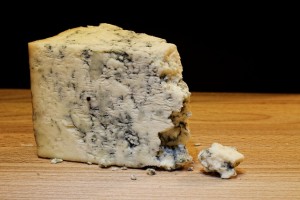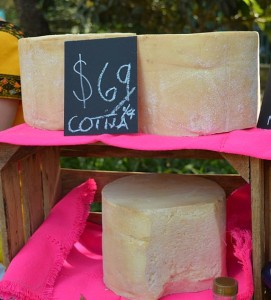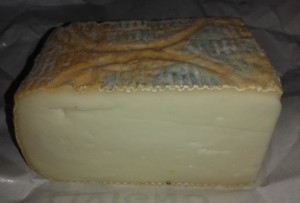In earlier periods of history, humankind didn’t have access to the numerous methods of preserving food that we have today. However, our ancestors came up with a tasty way to save the leftovers from the milk their animals produced by making a wide variety of cheeses. This foodstuff is common in most portions of the world, except parts of Asia. So, without further ado, here are some unique cheeses to try on your travels.

Image Source: tookapic on Pixabay
• Roquefort. One of the more robust French varieties, this sheep’s milk cheese is stored in the Combalou caves near Roquefort-sur-Soulzon for about 5 months before being sold. Naturally occurring colonies of Penicillium Roquefort mold that are found these caves cause this product to develop its’ characteristic bluish-green veins. This cheese is at its’ best during the late summer and autumn months. Although it taste great on its’ own, Roquefort is also good with honey and nuts.
• Taleggio. Many different types of tasty hard cheeses come from Italy but this soft variety can be found there as well. Taleggio is indigenous to the Val Taleggio area for which it is named. The cheese itself dates back to Roman times. It is also said that the monks who first created the cheese were attempting to keep their workspace clean but didn’t realize their methods for doing so were simply adding new bacteria to the mix. Their efforts eventually produced this pungent cheese with its’ soft inside and tough, salty outer rind.

Image Source: Alejandro Linares Garcia via Wikimedia Commons and CC 3.0
• Cotija. Although it originates in Mexico, Cotija is a lot like the more famous feta cheese from Greece as it also has a crumbly texture and a salty taste. This cheese is available in two different varieties: the drier Cotija de Montaña and the less salty Tajo cheese. Both of these are great accompaniments for many different types of Mexican food such as tacos and burritos. If this cheese has only been aged a few months it can be quite mild in taste but older specimens have a more pronounced flavor.
Bon appétit!
Sources: Wikipedia; Serious Eats





